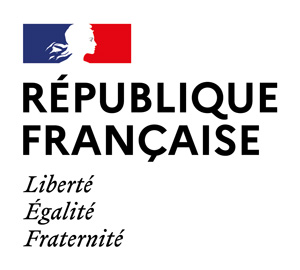





This laboratory has been involved in basic and applied aspects of research in the area of diseases of the developing brain for the last 20 years. It has put forward various novel concepts towards understanding the pathophysiology of neonatal brain damage and its current interests are aimed at improving the therapeutic strategies to treat such damage. Four teams in this laboratory are directly involved in complementary aspects of this research.
The team led by Pierre Gressens (AERES rank: A+) is focusing on the role of inflammation in the pathophysiology of brain damage as well as in the search of original and innovative drugs for neuroprotection of the perinatal brain. The team led by Olivier Baud (AERES rank: A) is focusing on perinatal white matter damage and the potential use of stem cells for therapy. The team led by Jorge Gallego (AERES rank: A) is focusing on the impact of repeated neonatal hypoxia on brain development, using non-invasive physiological and behavioural evaluations. The team led by Pierre Rustin (AERES rank: A+) is focusing on the role of mitochondria in neuronal cell death.
The laboratory has developed several technical platforms and common services, including cell imaging, molecular biology, biochemistry platforms, and a common vivarium service of approximately 100 m² dedicated to behavioural studies and to in vivo or cellular approaches requiring the manipulation of live animals; this space also contains an operating room for stereotaxic and abdominal surgery).
This team has been involved in clinical research in paediatric epilepsy since 2005, working on the numerous relationships between epilepsy and plasticity within the developing brain. Its research already generated significant progress in the knowledge of various severe and invalidating types of this disease and improved the treatment and outcome for these children.
Research is based on a multidisciplinary approach using nosology to identify homogeneous groups of patients, extensive phenotyping including structural/functional imaging and neuropsychology, and integrated clinical pharmacology (ranked A by AERES). This team confirmed that the younger the child is, the greater the risk for cognitive impact, but also the better the capacity to recover due to a more important plasticity. To improve the development of new antiepileptic strategies for early use, researchers currently adapt innovative methodologies used in small population trials to children and have recently launched an in vitro BBB study as well as transgenic rodent models of infantile epilepsies.
The team acquired a recognized expertise in the following domains: designing and performing clinical trials dedicated to rare paediatric epilepsies with various purposes (placebo-controlled, long term extension, pharmacovigilance surveys); dealing with the ethical problems of therapeutic trials in paediatrics; adapting innovative procedures to develop new drugs in small populations of children with rare epilepsies currently considered as therapeutic orphans, such as phenotyping (homogeneous populations included), genotyping (polymorphisms of enzymes), modelling (population pharmacokinetics), and centring (national and European networks).
We plan to extend such a multidisciplinary approach to other paediatric disorders of the central nervous system such as neonatal brain damage.